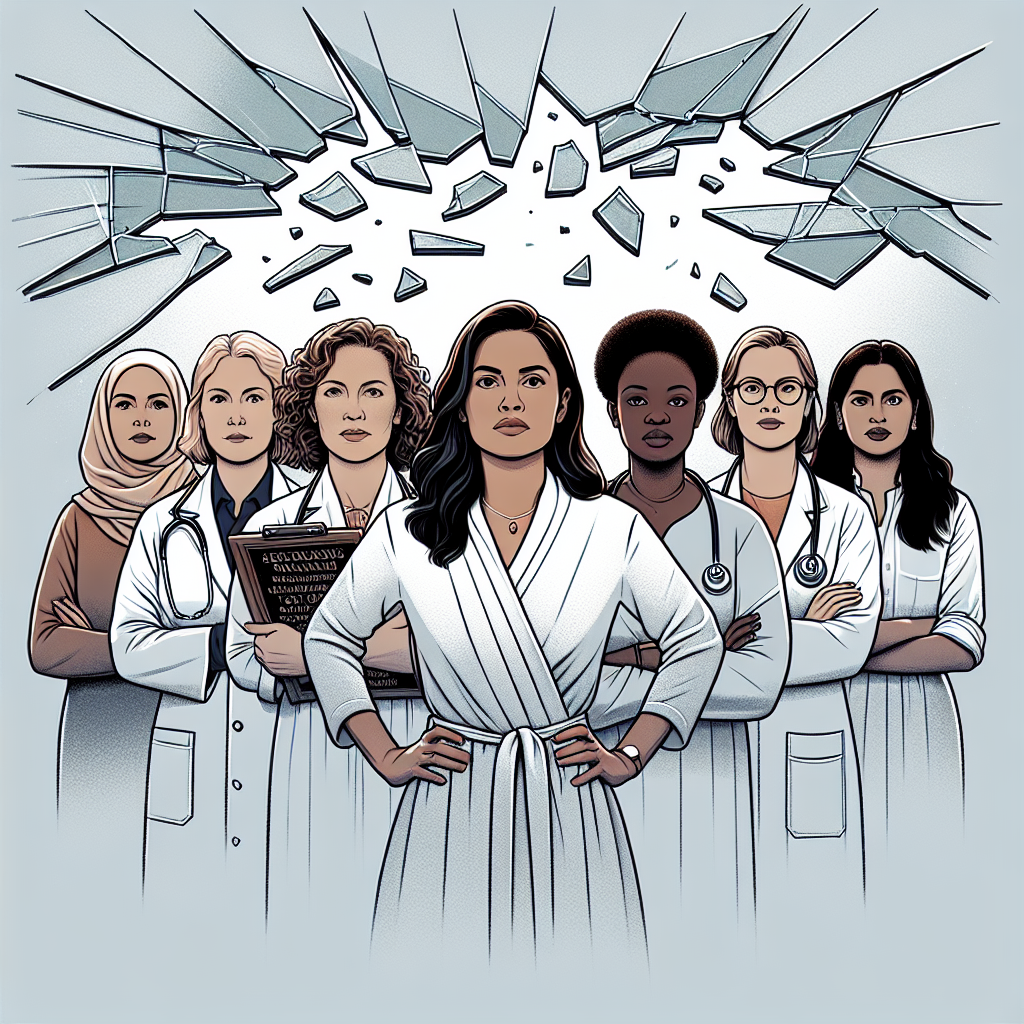Introduction
In a world that champions progress and equality, the lingering shadow of gender inequality continues to stifle the potential of countless women. Breaking the Silence: Personal Stories of Women Facing Gender Inequality is not just a topic; it’s a movement demanding attention, dialogue, and action. Whether in the workplace, at home, or in society, the stories of women standing up against discrimination are both painful and powerful. This article delves deep into their journeys, providing insights that are not only poignant but also pivotal for change.
Understanding Gender Inequality
What is Gender Inequality?
Gender inequality is the social phenomenon where individuals are treated unequally based on their gender. This disparity manifests in various forms: unequal pay for equal work, limited access to education, and societal expectations that confine women to traditional roles. Understanding the nuances of gender inequality is crucial for recognizing the broader implications it has on society.
The Global Landscape
According to the World Economic Forum, it will take over 135 years to close the global gender gap. This statistic serves as a stark reminder of the work that lies ahead. The narratives that follow illustrate the personal experiences of women navigating this landscape, shining a light on their struggles and triumphs.
Case Studies: Voices of Resilience
Case Study 1: Sarah’s Fight Against Pay Inequity
Sarah, a software engineer in a tech company, stumbled upon a shocking truth: her male counterparts were earning 20% more than she was for the same work. After months of silent suffering, she decided to take a stand.
Analysis
Sarah’s story exemplifies the pervasive issue of pay inequity. By advocating for herself, she not only managed to secure equal pay but also inspired her company to conduct a comprehensive pay audit, resulting in systemic change.
Case Study 2: Amina Reclaims Her Education
In a rural village in Pakistan, Amina faced societal pressure to drop out of school. Despite her family’s insistence that her education was not necessary, she defied their expectations and fought for her right to learn.
Analysis
Amina’s determination highlights the importance of education as a tool for empowerment. Her story emphasizes how access to education can break the cycle of gender inequality, enabling women to pursue their ambitions and assert their rights.
Case Study 3: Maria’s Journey Through Workplace Harassment
Maria, an employee at a large corporation, faced undue harassment from her supervisors. Despite the risks, she decided to break her silence and reported the incidents, leading to a company-wide initiative to address harassment.
Analysis
Maria’s experience illustrates the courage it takes for women to confront harassment. Her proactive steps not only improved her work environment but also fostered a culture of accountability within her workplace.
The Power of Personal Stories
Why Personal Narratives Matter
Personal stories like those of Sarah, Amina, and Maria create a human connection that statistics alone cannot achieve. They serve as a powerful reminder that behind every number, there is a life, a struggle, and a victory. Sharing these narratives fosters empathy and understanding while galvanizing support for systemic change.
Storytelling as a Tool for Change
By sharing their experiences, women are not only reclaiming their narratives but also empowering others to do the same. This collective movement collectively amplifies the call for gender equality, pushing it to the forefront of societal discussions.
Overcoming Barriers: Strategies for Change
Advocacy and Awareness
Creating awareness about gender inequality is crucial for mobilizing support. Organizations and individuals alike can use platforms to advocate for equal rights and champion the stories of those affected.
Educational Initiatives
Investing in educational programs that empower young girls is vital. Schools should promote gender equality education, helping to dismantle stereotypes and biases from an early age.
Policy Reforms
Advocating for policies that protect women’s rights is essential. This includes implementing stricter laws against harassment, ensuring equal pay, and promoting women in leadership roles.
Challenges Ahead
While stories of resilience and success are plentiful, many challenges remain. Cultural norms, lack of access to resources, and systemic barriers continue to obstruct progress. The journey toward gender equality requires sustained effort from all sectors of society.
Conclusion
Breaking the Silence: Personal Stories of Women Facing Gender Inequality reminds us that while significant progress has been made, the fight is far from over. These stories not only inspire but also serve as a call to action for individuals, communities, and policymakers alike. Together, we can dismantle the barriers of gender inequality, paving the way for future generations to thrive in an equitable world.
FAQs
1. What is gender inequality?
Gender inequality refers to the unequal treatment or perceptions of individuals based on their gender. It often manifests in various areas, such as pay, education, and social roles.
2. How can personal stories impact societal views on gender inequality?
Personal stories create empathy and connection, making the abstract concept of gender inequality more relatable and urgent, thus inspiring collective action for change.
3. What can individuals do to support gender equality?
Individuals can advocate for gender equality by educating themselves and others, supporting gender-inclusive policies, and amplifying the voices of women facing inequality.
4. Are there organizations focused on combating gender inequality?
Yes, many organizations globally focus on advocating for women’s rights and gender equality, such as UN Women, the World Economic Forum, and local nonprofits.
5. How do educational initiatives help empower women?
Educational initiatives provide women with the knowledge and skills needed to challenge societal norms, pursue careers, and advocate for their rights, breaking the cycle of inequality.
This piece is designed to resonate with readers, providing insights and fostering understanding around the essential subject of gender inequality. Through the lens of personal stories, it emphasizes the importance of breaking the silence and paving the way for a future where equality is the norm.

